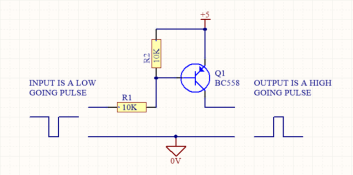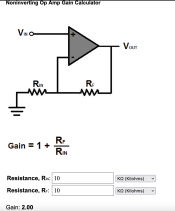LA0
New elf
- Joined
- May 8, 2013
- Messages
- 16
Hi everyone..
I've been tearing my hair out trying to find or come up with some kind of controller that can output 5V + control signals.
All the typical DC controllers I see are negative switching whereas I need positive switching.
Most controls have a common positive and have multiple negatives, I need the opposite.
I don't need the controller to be high current, as it is just feeding some microcontroller analog pins (It will be acting like a potentiometer).
Ideally I would like 16 channels.
If anyone has some Arduino code that can dim with 5v I'd be happy with that too. Whatever I can find...
Or if I could hack one of the common anode type dumb RGB controllers and turn it into a common cathode. I don't know....
Anyway thanks for any help.
Take care everyone.
I've been tearing my hair out trying to find or come up with some kind of controller that can output 5V + control signals.
All the typical DC controllers I see are negative switching whereas I need positive switching.
Most controls have a common positive and have multiple negatives, I need the opposite.
I don't need the controller to be high current, as it is just feeding some microcontroller analog pins (It will be acting like a potentiometer).
Ideally I would like 16 channels.
If anyone has some Arduino code that can dim with 5v I'd be happy with that too. Whatever I can find...
Or if I could hack one of the common anode type dumb RGB controllers and turn it into a common cathode. I don't know....
Anyway thanks for any help.
Take care everyone.



